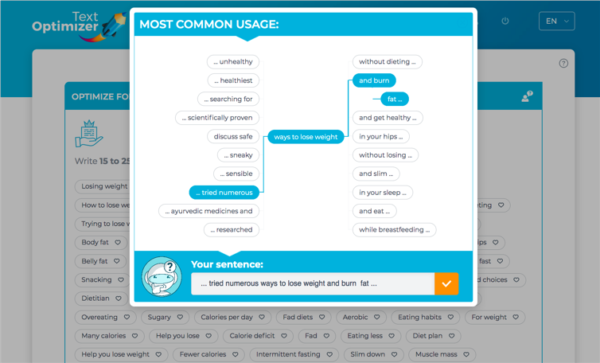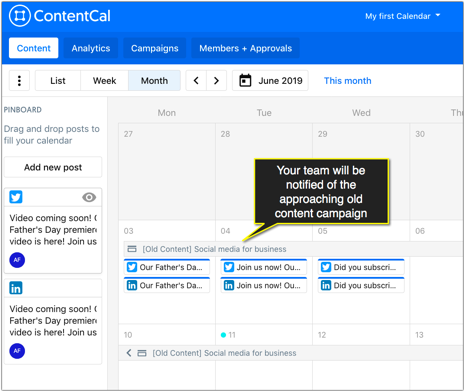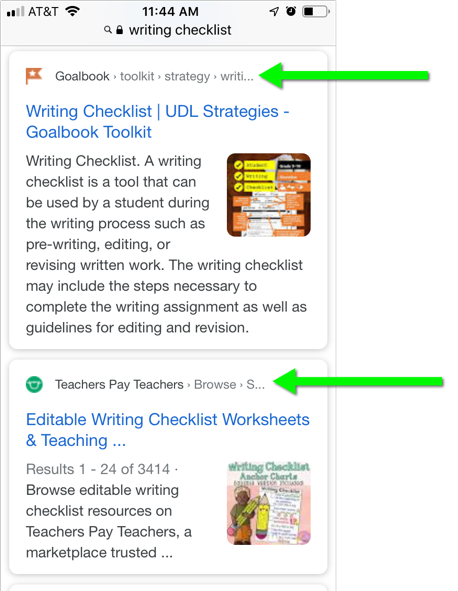
Every digital publisher strives to build organic search traffic.
While higher rankings are the most obvious way to increase traffic, another valuable method is usually neglected – making your mobile search results more clickable in Google.
Many marketers neglect the steps to drive more traffic from #mobile search results, says @SEOSmarty via @cmicontent. #SEO Click To Tweet
But you don’t have to ignore the option anymore. That’s exactly what this article is about.
Google remains the most effective traffic source:
- 3.5 billion searches are performed in Google daily (Internet Live Stats).
- Google dominates the global search industry with over 90 percent of market share (Statcounter).
- As of 2016, more than half of global search queries have been coming from mobile devices (SEL).
On top of all, SEO remains the biggest traffic driver, significantly outpacing all other channels:

With that in mind, Google SEO is still key to online traffic generation, but it is not created equal. Google mobile SEO, while using the same basic principles, is quite different and accounts for more signals.
HANDPICKED RELATED CONTENT:
Anatomy of a mobile search snippet in Google
A standard snippet Google generates in mobile search results consists of the following:
- Page headline/title
- URL trail that looks like a breadcrumb
- An image
- A date (if one exists on the originating page)
- The description
- Site logo

Now, let’s go through how to improve the execution of each element.
1. Create a clickable title
Google usually uses page titles as the clickable element of the search snippet.
.@Google usually uses page titles as the clickable element of the search snippet, says @SEOSmarty via @cmicontent. #SEO Click To TweetAs with desktop search, the page title remains the most prominent text element of a mobile search snippet. It’s the largest font and it looks like a link, so search users are likely to subconsciously tap it.
A lot of advice already is written on creating eye-catching page headlines, including:
- The Easy A-to-Z Guide to Writing Great Headlines
- How to Write Headlines That Get Your Brand What It Wants [Checklist]
Personally, I find using a combination of the following title tactics usually drives good organic click-through results:
- Phrase your headline in the question format. Questions trigger a natural instinct that prompts searchers to pause and look for an answer. Hence asking questions in your headline may pique readers’ curiosity enough for them to click it to find the answer.
- Use numbers. This tactic may seem overused, but it is the most successful formula. When you start a headline with a number (20 Tools, 50 Ways, etc.) it almost always results in many more clicks and shares than a more creative headline.
- Feature the primary keyword. Searchers type words in the search box. Consciously or subconsciously, they are looking for that word in the results. If you place it prominently in the headline, you make it easier for searchers to see that the result mimics their search.
- Use power words. Certain words and phrases are more likely prompt a click – new, find out more, free, learn more, etc. While the list in the image below was created for calls to action, some would work well in a headline to attract more clicks.

You can discover your own niche power words. Follow these steps:
- Find a product or content with positive reviews (on Amazon or elsewhere) that either complements your content or competes with it. In this example, I use To Kill a Mockingbird reviews on Amazon.
- Create a Google Doc. Copy and paste as many user reviews as you can. I sorted by popularity to find most notable reviews.
- Install “Word Cloud Generator” inside your Google Doc by going to “Addons” -> “Get Addons” and create a classic word cloud to find the most common words inside the reviews. You can use the generator’s advanced options to remove the unnecessary, ancillary words. In the To Kill a Mockingbird example, that would be the book and author names, main characters, etc.:

The resulting word cloud reveals the more popular emotional words used by reviewers. By using one or more of them in your page title, you convey a sentiment likely to attract searchers.
2. Use clear, optimized images
Google’s mobile search results are more visual than desktop search results. Specifically, Google shows an image thumbnail inside many results, making their presence much more prominent:
.@Google's #mobile search results are more visual than desktop search results, says @seosmarty via @cmicontent. #SEO Click To Tweet
In a nutshell, here’s what you need to do to benefit from that image focus on mobile:
- Use clear, well-branded, and contextual images that add value to your content (not just stock photography, but something unique and eye-catching).
- Follow Google’s guidelines to specify a thumbnail image on each page. (Refer to this tutorial on how to mark up your WordPress featured image.)
- Reuse images that appear in organic search (both inside organic search snippets and featured snippets) on your site and in social media to build consistency and recognizability.
When it comes to branding your images to build recognizability in Google’s mobile SERPs, consider using Placeit’s logo tool. It generates logo variations in seconds to use as a watermark across your site.
Use @placeitapp to generate logo variations in seconds, says @seosmarty via @cmicontent. #tools Click To Tweet
HANDPICKED RELATED CONTENT:
3. Work on your meta description
While Google often generates a snippet description based on the search query, if you do your job well, it will use your meta description. It’s the best-case scenario to exercise as much control as you can inside Google search.
If you create a relevant meta description, @Google won’t have to do it for its searchers, says @SEOSmarty via @cmicontent. #SEO Click To Tweet
To create a meta description Google will like and show in SERPs, use a semantic analysis tool called Text Optimizer that helps you build search-optimized sentences that contain related terms and synonyms:

Another semantic analysis tool to try is inLinks. This tool analyzes your site and ensures that your content is semantically relevant.
.@inlinkz analyzes your site and ensures that your #content is semantically relevant, says @seosmarty via @cmicontent. #tools #SEO Click To Tweet4. Serve fresh content fresh
Dates inside search results may negatively impact organic click-through as few people want to read outdated content. You have two options – keep your content updated or forgo dating your content.
Keep your content updated
This is the most challenging, yet the most effective approach because fresh content can keep increasing your organic clicks. If you choose to regularly update your content:
- Use this WordPress plugin that will add the “updated on” date (as well as the meta tag) to your article as soon as you edit it.
- Keep your update tasks organized with the help of editorial calendar platforms like ContentCal. Simply add old content as new tasks every month:

Remove dates from your content
While this still can hurt your click rate with searchers looking for fresh content, you can use this WordPress plugin that removes publication date after a period of your choosing.

HANDPICKED RELATED CONTENT:
5. Use breadcrumbs schema
Finally, the URL won’t make it into mobile search results, but a nice breadcrumb shows the path to the destination page:

You can impact the breadcrumb trail Google generates by using breadcrumbs schema. With it, Google can generate a meaningful path for your result that may increase the click-through rate:

You can easily implement the markup by using this WordPress plugin that lets you name every step in your URL path. It is also a good idea to use Google Search Console to keep track of your schema markup and whether Google is able to crawl and use it.
Takeaways
I’ve shared a lot of information, let’s review the highlights:
- Google’s mobile search is growing in importance, so it’s time to optimize for it.
- To increase your organic click-through, start with creating more clickable titles, as the title tag remains the most prominent text elements of a search snippet.
- Google’s mobile SERPs are highly visual. Make sure you have an eye-catching and well-branded image thumbnail to go with each article.
- Create a meta description optimized for search intent using semantic analysis tools.
- Keep your content updated or get rid of dates. No one wants to read outdated content.
- Use breadcrumbs schema to create a nice-looking and meaningful link attractor inside your search snippet.
Finally, with those tips in mind, don’t forget these two tiny elements of mobile SERPs that influence clickability – the site logo and Google AMP icon.

Invest in brand recognizability, as Google also shows your tiny logo in search. Many people click a result simply because they recognize the brand. (Brand awareness on Google is a huge topic, which has been covered in detail here.)
Invest in brand recognizability, as @Google also shows your tiny logo in search, says @seosmarty via @cmicontent. #SEO Click To TweetThe Google AMP icon indicates pages that load smoothly and quickly on mobile. Here’s an easy-to-follow guide for implementing it on your site.
Do you have any other ideas on improving mobile search click-through? Please share in the comments.
Please note: All tools included in our blog posts are suggested by authors, not the CMI editorial team. No one post can provide all relevant tools in the space. Feel free to include additional tools in the comments (from your company or ones that you have used).
Structuring your content is critical to search success. Grow your skills on this and other tech-related topics at ContentTECH Summit this August in San Diego. Check out the agenda today!
Cover image by Joseph Kalinowski/Content Marketing Institute


